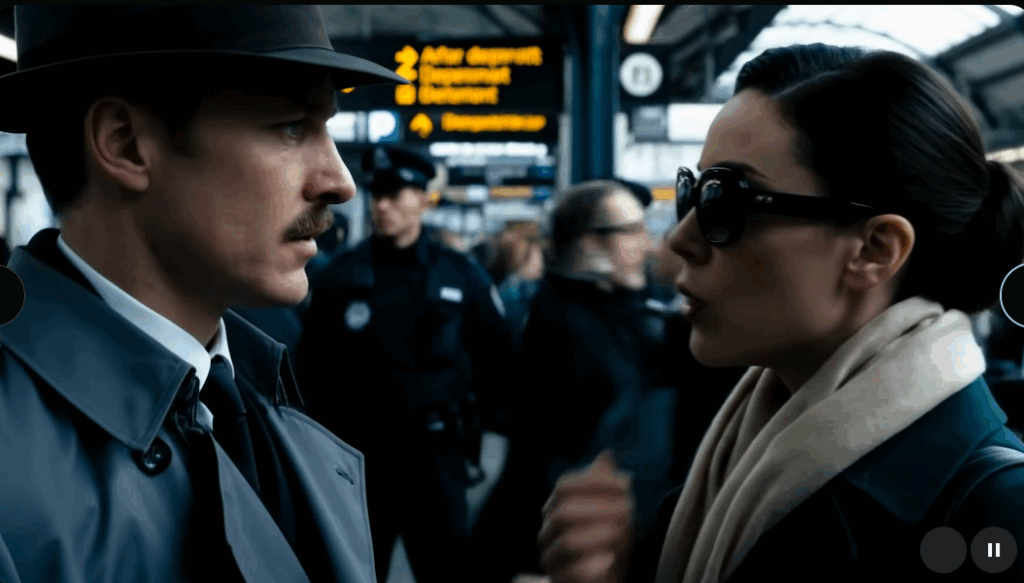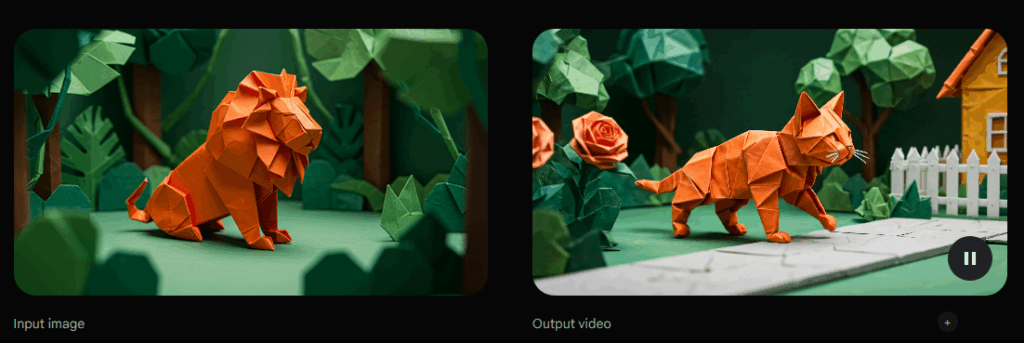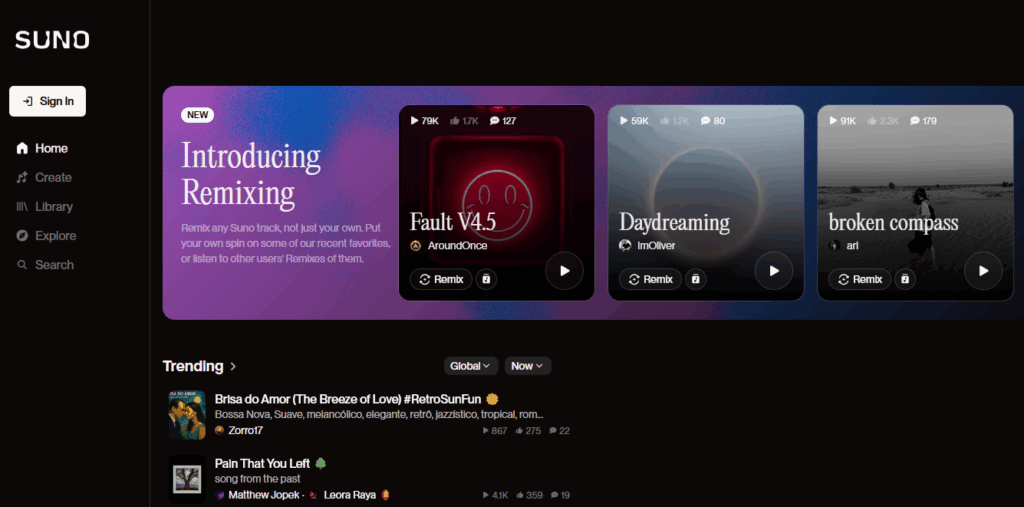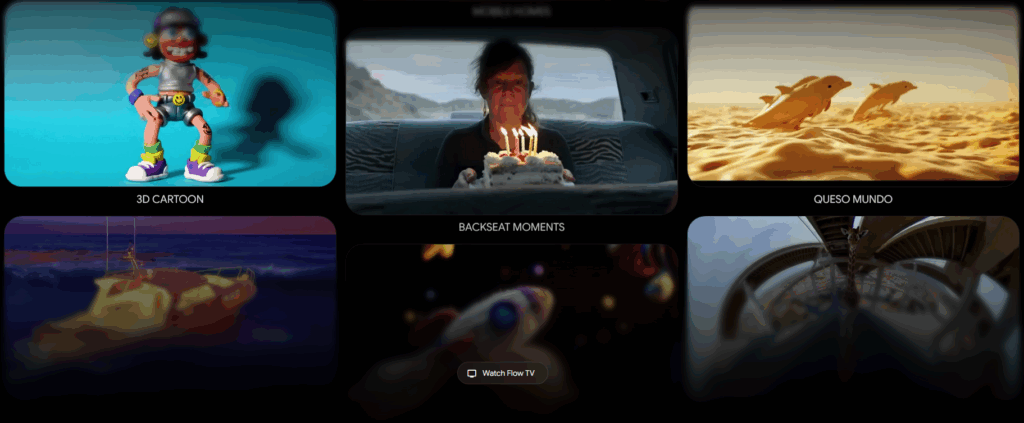
Introduction
In 2025, AI video generation is no longer science fiction. Tools like Google Veo 3 are turning text prompts into realistic, cinematic-quality video clips that rival professional productions.
But is Veo 3 really the revolutionary leap it claims to be?
In this in-depth review, we’ll explore exactly what Google Veo 3 offers, how it works, what it’s good (and not so good) at, who should use it, and whether it’s worth it for creators, marketers, educators, and businesses.
After researching Google’s demos, public announcements, technical whitepapers, and similar AI video-generation trends, I’ve put together this human-friendly, honest, and thorough review to help you decide.
✅ Quick Overview: What is Google Veo 3?
Let’s start with the basics:
| Feature | Details |
|---|---|
| Product | Google Veo 3 |
| Type | AI-powered video generation platform |
| Input | Text prompts, scripts, descriptions, image references |
| Output | High-resolution, cinematic video clips |
| Use Cases | Marketing, social media, film previsualization, education, storytelling |
| Access | Currently rolling out to selected creators via waitlist |
In simple terms, Veo 3 is Google’s flagship text-to-video AI model, designed to transform detailed written prompts into cinematic-quality video clips.
It’s part of a broader push to make generative AI truly multimedia—just as text-to-image models (like DALL-E) and music generation tools (like Suno AI) have already disrupted their spaces.
🌟 The Promise: Cinematic AI Video from Simple Prompts
The central promise of Veo 3 is bold:
“Type what you want to see, and get a cinematic-quality video clip in seconds.”
Examples from Google’s demos:
- “A drone shot of a tropical beach at sunset” generates sweeping, realistic cinematic angles.
- “A woman walking through neon-lit rainy streets in cyberpunk style” creates moody, Blade Runner-esque video.
- “A child running through a field of wildflowers in golden hour light” produces emotional, naturalistic footage.
✅ Key Strengths Claimed by Google:
- High-resolution, HD video outputs.
- Cinematic framing, camera movement, depth of field.
- Consistent characters across frames (avoiding ‘flickering’).
- Multiple styles: live action, animation, surreal art.
- Editable and controllable outputs.
Verdict: If it works as promised, Veo 3 isn’t just about generating stock footage—it’s about storytelling.


🎨 User Interface and Experience: Designed for Creators
While access to Veo 3 is currently limited (via waitlist on Google Labs and YouTube Shorts integration), Google has previewed its intuitive, creator-friendly interface.
✅ Interface Highlights:
- Clean, web-based interface.
- Prompt input box supporting long-form descriptions.
- Image reference upload (for style transfer / character consistency).
- Style selection: cinematic, documentary, animation, surreal, etc.
- Video length and aspect ratio options.
- Editing workspace to refine, iterate, and re-prompt.
✅ Easy for Beginners
- No coding required.
- Guided prompt suggestions for better outputs.
- Default styles and templates to start quickly.
✅ Flexible for Pros
- Advanced controls for fine-tuning.
- Multi-shot sequencing (planned future features).
- Integration with YouTube and Google Drive for sharing.
Real-world Impression:
Veo 3 is designed not just for AI researchers but for creators. It aims to be as user-friendly as Canva is for graphic design.
📈 How Google Veo 3 Works: The AI Magic Explained (Simply)
At its core, Veo 3 builds on diffusion models and transformer-based architectures—similar to text-to-image AI, but vastly more complex.
✅ Simplified Explanation:
- Your prompt → converted into a rich semantic embedding.
- AI model generates frames step by step using advanced diffusion.
- Temporal coherence module ensures smooth transitions across frames.
- Cinematic AI layer applies camera moves, depth of field, lighting effects.
- Post-processing improves sharpness, resolution, realism.
✅ What’s Special about Veo 3?
- Consistent characters and objects across frames (a big problem in earlier AI video).
- Cinematic language: pans, zooms, drone shots, focus pulls.
- Multi-modal understanding: can interpret images, text, and even scripts.
✅ Example Prompt
“Aerial footage of a snow-capped mountain range at sunrise”
- Veo 3 understands cinematic angles.
- Generates sweeping drone-like shots with realistic lighting transitions.
- Avoids jittery frame artifacts seen in older models.
Verdict: This isn’t just “animated GIF generation.” Veo 3 aims for professional-quality video.
🎥 Output Quality: How Realistic is It?
Based on Google’s demos and early creator feedback:
✅ Strengths:
- High-resolution outputs (1080p+ planned).
- Smooth motion without weird morphing artifacts.
- Realistic lighting, depth of field, shadows.
- Broad range of styles—from naturalistic to surreal.
- Consistent color grading for cinematic looks.
✅ Current Limitations:
- Complex human interactions can still look unnatural.
- Hyper-realistic faces sometimes cross the “uncanny valley.”
- Longer scenes may lose detail over time.
- Editing flexibility is still evolving.
Real-world use:
For short clips (5–20 seconds), Veo 3 can generate shockingly good footage that rivals stock libraries—especially for B-roll, marketing, or conceptual storytelling.

🛠️ Key Features and Controls: Putting Power in Your Hands
Google Veo 3 isn’t just a “press one button and hope” tool. It’s designed to give creators real control over AI-generated video.
✅ Prompt-to-Video Generation
- Natural language prompts.
- Support for detailed scripts.
- Automatic scene composition.
✅ Style Controls
- Cinematic, documentary, animation, art styles.
- Camera movement preferences.
- Aspect ratio options (YouTube Shorts, TikTok, widescreen).
✅ Image References
- Upload an image to maintain character consistency.
- Style transfer from reference images.
✅ Editing Tools
- Cut, trim, re-sequence.
- Re-prompt to refine.
- Version history to explore alternatives.
✅ Output Options
- HD video export.
- Integration with Google Drive.
- Direct sharing to YouTube (esp. Shorts).
Verdict: These features make Veo 3 genuinely useful for creative workflows.
💰 Pricing and Access: How Do You Get Google Veo 3?
As of 2025, Veo 3 isn’t fully open to the public yet. Google has launched:
✅ Creator Waitlist:
- Early access for selected creators.
- Integration with YouTube Shorts tools for testing.
✅ Expected Pricing Model (Predicted):
- Free tier with watermarks / limited credits.
- Paid subscriptions for pros and businesses.
- Commercial licenses for marketing and media production.
- Enterprise-level API access for studios.
✅ Why It’s Smart:
- Keeps costs low for casual creators.
- Enables serious businesses to pay for premium access.
- Ensures quality control as Google scales infrastructure.
Verdict: Expect a similar model to MidJourney, DALL-E, or ChatGPT with free and paid tiers.
📈 Real-World Use Cases: Who Needs Veo 3?
Let’s be practical—who actually benefits from this tech?
✅ 1️⃣ Content Creators and Influencers
- TikTok / Reels / YouTube Shorts with AI-generated B-roll.
- Unique video backgrounds for vlogs.
- Affordable, customizable stock footage.
✅ 2️⃣ Marketers and Agencies
- Ad campaigns with original AI-generated visuals.
- Quick ideation for client pitches.
- Social media content tailored to trends.
✅ 3️⃣ Educators and Storytellers
- Historical recreations or conceptual visualizations.
- Animated explainers.
- Science videos with AI-generated illustrations.
✅ 4️⃣ Filmmakers and Studios
- Previsualization for planning shots.
- Storyboarding with moving visuals.
- Concept art turned into moving scenes.
✅ 5️⃣ Everyday Hobbyists
- Fun, creative projects without expensive gear.
- Personal social content that stands out.
Verdict: Veo 3 isn’t just for pros. Anyone can find creative uses for it.

✅ Pros and Cons of Google Veo 3
✅ Pros
- High-quality, cinematic video generation.
- Simple, accessible prompt-based workflow.
- Advanced style and camera controls.
- Consistent characters and objects across frames.
- Integration with YouTube and Google Drive.
- Huge potential for marketing, education, content creation.
❌ Cons
- Limited availability (waitlist only for now).
- Pricing details still unclear.
- Occasional uncanny results in complex human interactions.
- Long-form editing tools are still evolving.
- May disrupt traditional creative industries.
🧲 Who Should Try Google Veo 3?
✅ Perfect for:
- YouTubers, TikTokers, and Instagram creators.
- Marketing teams and social media agencies.
- Educators making visual content.
- Indie filmmakers planning scenes.
- Hobbyists exploring AI creativity.
❌ Not ideal for:
- Full-length film production (yet).
- Those needing perfect human realism in every frame.
- Businesses needing guaranteed delivery times at scale (still experimental).
🌟 Final Verdict: Is Google Veo 3 the Future of Video Creation?
Google Veo 3 isn’t just another AI gimmick. It’s a serious, thoughtful tool that brings cinematic video creation to anyone who can type a prompt.
While it’s still rolling out, its potential is obvious: faster ideation, cheaper content production, and creative freedom without expensive equipment or training.
It won’t replace traditional filmmaking entirely. But for social media creators, marketers, educators, and agencies, Veo 3 could be a game-changing new tool in 2025 and beyond.
Try now



